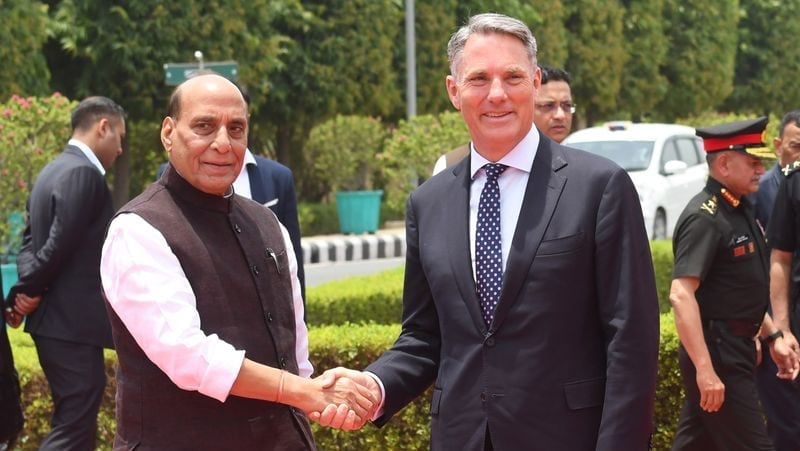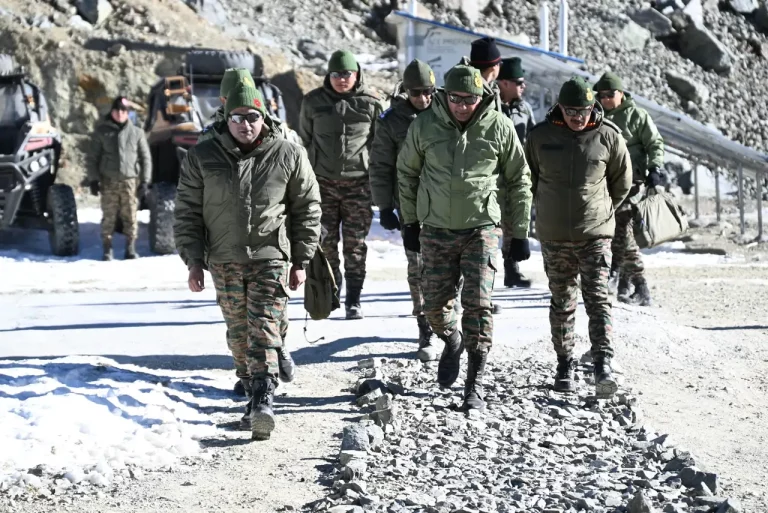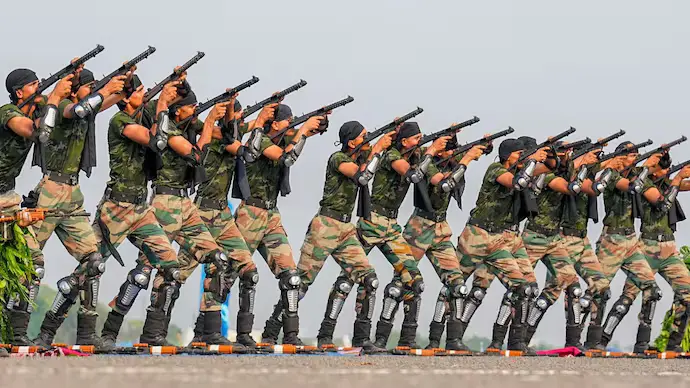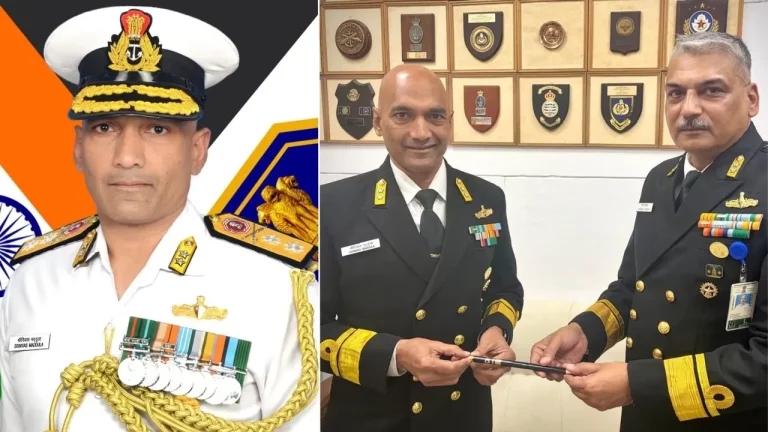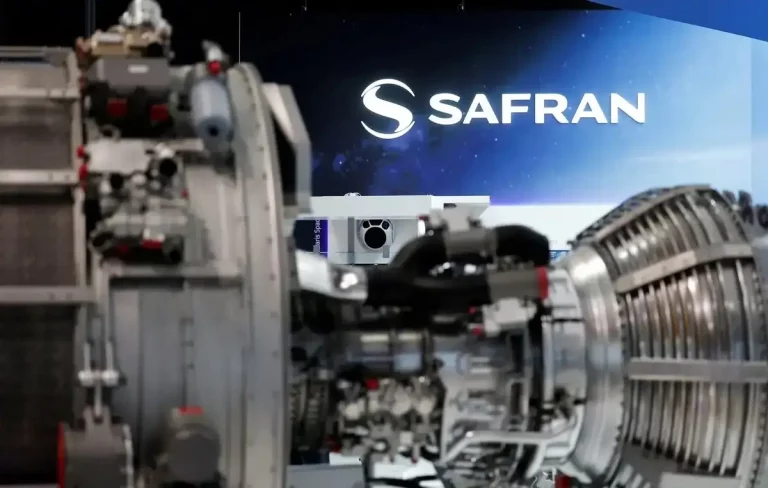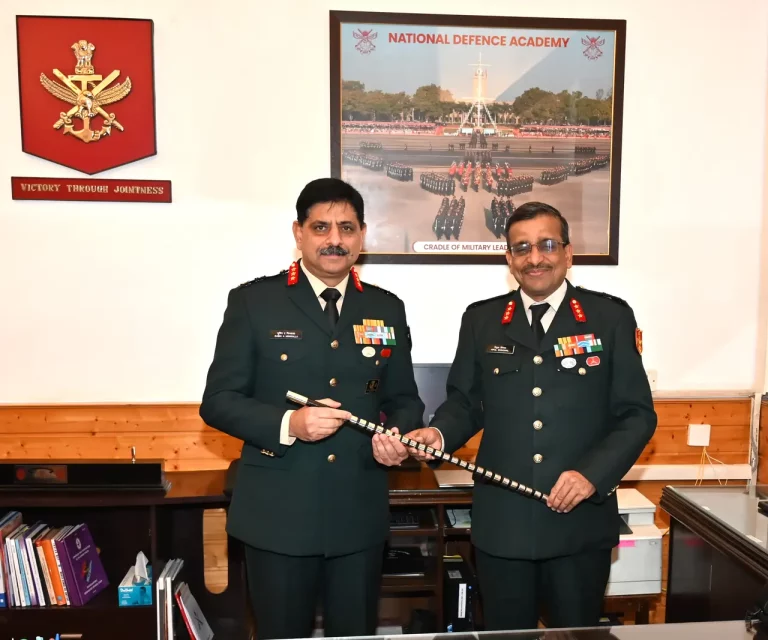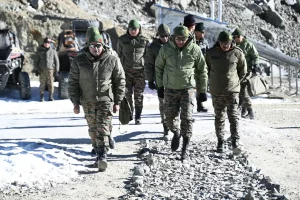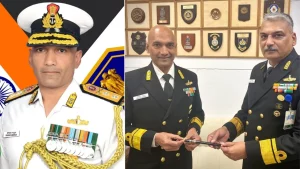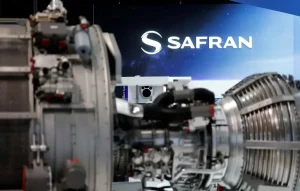In a significant development aimed at enhancing maritime domain awareness, India and Australia have initiated their first joint science and technology project focused on improving undersea surveillance capabilities. This collaborative venture was announced during the visit of Australian Deputy Prime Minister and Defence Minister Richard Marles to India, marking a pivotal moment in the defense collaboration between the two nations.
The three-year project unites Australia’s Defence Science and Technology Group (DSTG) with India’s Defence Research and Development Organisation (DRDO), specifically its Naval Physical and Oceanographic Laboratory. The primary objective of the initiative is to develop advanced methodologies for detecting and tracking submarines and autonomous underwater vehicles, crucial for maintaining security in increasingly contested waters.
Central to this project is the employment of Towed Array Target Motion Analysis, a sophisticated technique that uses advanced algorithms and hydrophone arrays to monitor underwater activities effectively. DSTG’s Amanda Bessell emphasized the importance of this method in passive surveillance scenarios, enabling accurate calculations of a target’s location and movement while maintaining the observer’s anonymity.
The towed array system, which consists of a series of hydrophones trailing behind a vessel, captures underwater acoustic data that will be processed to identify and classify potential threats. Senior researcher Sanjeev Arulampalam pointed out that this technology enhances directional sensing capabilities and minimizes signal distortion caused by background noise, ultimately fostering improved tracking precision.
The collaborative project will facilitate data sharing, live trials, and algorithm performance testing, enabling both nations to leverage their technical strengths in this critical area. Suneel Randhawa, Chief of the Information Sciences Division at DSTG, remarked on the evolving dynamics of the underwater battlespace, especially with the growing prevalence of autonomous underwater systems. He indicated that innovations stemming from this initiative are essential for future maritime challenges.
Officials anticipate that the findings from this research could significantly impact the development of new undersea surveillance systems, thereby strengthening both countries’ strategic deterrence capabilities. This initiative further reflects the deepening defense partnership between India and Australia, particularly within the Indo-Pacific region.
By combining their resources and technical expertise, India and Australia aim to accelerate innovation in and deliver effective undersea detection technologies capable of addressing modern maritime security challenges head-on.
